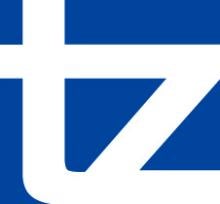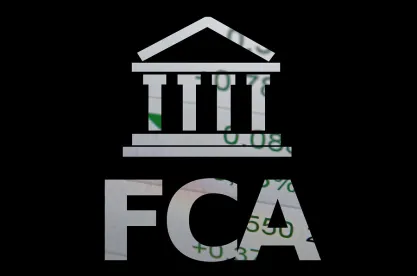On July 16, 2021, the United States Department of Justice (DOJ) issued an interim final rule implementing Executive Order 13992, “Revocation of Certain Executive Orders Concerning Federal Regulation,” which restores the role of federal agency guidance documents in False Claims Act cases to their rightful place.
What are “agency guidance documents?” These documents provide practical and helpful guidance to the regulated entities describing with more particularity how to implement regulations, which are often general and imprecise. Put another way, they put more meat on the bones of the regulations.
On January 25, 2018, Associate Attorney General Brand issued a memo entitled, “Limiting Use of Agency Guidance Documents in Affirmative Civil Enforcement Cases.” The memo limited the use of agency guidance documents in litigation and declared (with caveats) that the DOJ would not base False Claims Act enforcement on sub-regulatory violations. Referencing a November 16, 2017 memo from Attorney General Sessions, the “Brand Memo” set boundaries around the DOJ’s use of guidance documents and suggested that the Department had used its guidance documents “to coerce regulated parties into taking any action or refraining from taking any action beyond what is required by terms of the applicable statute or lawful regulation.” The Brand Memo was certainly intended to weaken False Claims Act enforcement.
As described, guidance documents are typically authored by federal agencies and intended to help the regulated industry understand the rules under government programs. After all, these are taxpayer-funded programs, and the government wants to ensure the integrity of its programs. For example, Medicare rules often require that claims for services be “payable, reasonable and necessary.” National and local coverage determinations of Medicare contractors often provide coverage information and determine whether services by health care providers are reasonable and necessary. The Brand memo took the “teeth” out of such guidance documents (or reduced their power to encourage compliance with programmatic requirements of Medicare, Medicaid, and all other healthcare and non-healthcare programs funded by taxpayers) by requiring that they set “voluntary standards” and include “a clear statement that noncompliance will not in itself result in any enforcement action.” Moreover, the memo stated that “litigators may not use noncompliance with guidance documents as a basis for proving violations of applicable law in ACE cases” and instead could only use documents in a very limited way “to establish knowledge of legal requirements when the guidance simply explained or paraphrased legal mandates.”
By December 2018, the DOJ adopted Justice Manual section 1-20.000, “Limitation on Use of Guidance Documents in Litigation,” superseding the Brand Memo. The Justice Manual expanded on usages of guidance documents, stating the DOJ can use agency guidance documents to:
-
Establish scienter, notice, or knowledge of the law;
-
Establish industry standards or government practices;
-
Describe scientific or technical processes;
-
Demonstrate compliance with guidance; and
-
Provide legal or factual context.
While this section provided some clarity, it still limited the use of agency guidance to specific parameters for False Claims Act enforcement.
Finally, in 2021, the Department of Justice revoked 28 CFR 50.26 and 28 CFR 50.27, concluding “those regulations are unnecessary and unduly burdensome, lack flexibility and nuance, and limit the ability of the Department to do its work effectively.” In the Interim Final Rule, the DOJ expounded upon how the extra burden of determining whether a document constituted agency guidance “generated collateral disputes in affirmative and enforcement litigation” and “discouraged” agencies’ creation of meaningful guidance. The DOJ upholds the basic tenet that guidance documents do not equate to regulations, but this revocation means guidance documents are not confined to severely limited uses in litigation.
The DOJ needs whistleblowers to report government program and contract fraud. Noncompliance with agency guidance can be a red flag for noncompliance with underlying regulations and evidence of misspent government funds.





 />i
/>i

